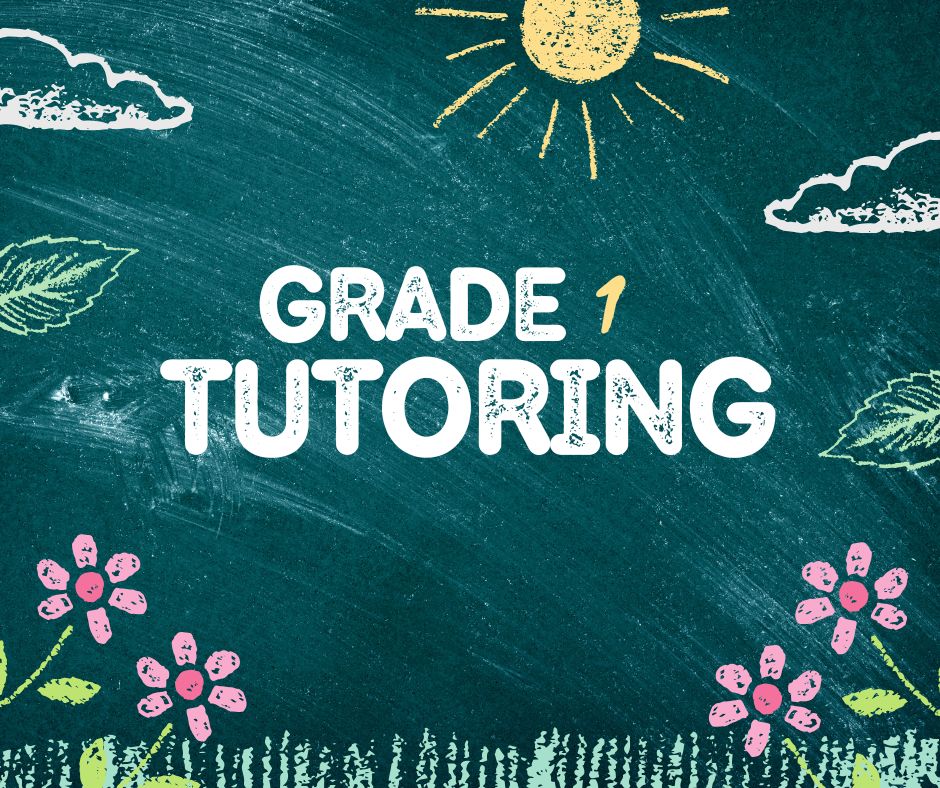
Mathematics is a skill that grows with practice, and the best time to start supporting your child is at home. Learning math doesn’t have to be stressful or boring—it can be interactive, hands-on, and even fun. If you’re wondering how to teach kids basic math at home, this guide will give you practical tips, strategies, and examples to make math enjoyable while helping your child build confidence and strong foundational skills.
Whether your child is just learning to count or beginning to explore addition, subtraction, and simple problem-solving, these methods will give you a roadmap for success.
Why Teaching Math at Home Matters

Many parents think that math is solely the teacher’s responsibility. However, early support at home can make a big difference:
- Builds Confidence: Children who practice math at home feel more comfortable and confident in school.
- Prevents Frustration: Regular practice prevents small struggles from turning into bigger challenges.
- Creates a Positive Relationship With Numbers: Kids who enjoy math early are more likely to stay engaged as they progress.
Tip: Even 10–15 minutes a day can be more effective than long, infrequent sessions.
Understanding Basic Math for Kids

Before diving into activities, it’s important to know what “basic math” includes for young learners:
- Counting and Number Recognition – Learning to count to higher numbers and recognizing them visually.
- Addition and Subtraction – Simple equations, understanding concepts like “more than” or “less than.”
- Patterns and Sequences – Recognizing repeating patterns and number sequences.
- Place Value – Understanding tens, ones, and eventually hundreds.
- Shapes and Measurement – Identifying shapes, measuring objects, and comparing sizes.
- Word Problems – Applying math to everyday situations in a simple, logical way.
Knowing these areas helps you target your teaching effectively and ensures that your child is learning skills aligned with what they need in school.
Fun and Practical Ways to Teach Math at Home
Making math fun is the key to success. Here are proven strategies parents can use:
1. Use Everyday Objects
Turn ordinary items into math tools:
- Count coins, snacks, or toys.
- Measure ingredients while cooking.
- Sort objects by size, color, or shape.
Why it works: Kids see math in real life, making abstract concepts concrete.
2. Play Math Games
Games are a natural way to engage children:
- Dice Games: Practice addition or subtraction.
- Card Games: Match numbers or solve simple problems.
- Hopscotch Math: Write numbers outside and have your child hop while counting or solving equations.
Tip: Keep it playful—don’t focus solely on “right answers.”
3. Create Simple Word Problems
Use scenarios from your child’s life:
- “If you have 3 apples and I give you 2 more, how many do you have?”
- “You have 10 toy cars and give 4 to your friend. How many are left?”
This helps children connect math to real-world situations.
4. Visual Aids and Tools
Children often learn better with visual support:
- Number Lines: For counting, addition, and subtraction.
- Charts and Grids: To show patterns and sequences.
- Base-10 Blocks or Counters: For understanding place value and regrouping.
Visual aids allow children to “see” math concepts, making learning easier.
5. Encourage Consistency and Short Practice
- Ten minutes a day is more effective than long, irregular sessions.
- Practice can be sprinkled throughout the day—during meals, car rides, or playtime.
- Reinforce lessons learned in school to strengthen memory and understanding.
Overcoming Common Challenges
Even with fun activities, challenges can arise:
- Short Attention Spans: Keep sessions short, interactive, and hands-on.
- Frustration: Stay positive, encourage effort, and avoid criticism for mistakes.
- Abstract Concepts: Use objects, drawings, and games to make ideas tangible.
- Motivation: Offer praise, rewards, and celebrate small victories to keep your child engaged.
How Tutors Can Complement Home Learning
While parents can do a lot at home, sometimes professional guidance is helpful. A math tutor can:
- Provide personalized strategies tailored to your child’s needs.
- Help children struggling with specific topics like place value or word problems.
- Introduce structured exercises and games aligned with the Ontario curriculum.
- Build confidence and independence in solving problems.
Tutoring doesn’t replace home practice—it enhances it. Combining short daily activities with occasional tutoring sessions can accelerate learning and make math enjoyable.
Recommended Tools and Resources for Parents
Here are some practical tools to support home math learning:
- Worksheets: Free resources aligned with the Ontario curriculum.
- Apps: Interactive math apps for kids, like SplashLearn or Prodigy.
- Books: Beginner math activity books and storybooks with counting, addition, or problem-solving exercises.
- Manipulatives: Counters, blocks, dice, or coins to visualize math concepts.
Final Thoughts
Teaching kids basic math at home doesn’t have to be complicated or stressful. By using everyday objects, games, visual aids, and consistent short practice, parents can help children build strong foundational skills while developing a positive attitude toward math.
Remember, the goal is not just to teach math—it’s to make learning fun and confidence-building. And if you want additional support, professional tutoring can provide structured guidance, personalized strategies, and hands-on activities that complement your home efforts.
By combining home practice with professional support, your child can develop strong math skills, feel confident, and enjoy learning.
[mc4wp_form id="8"]


